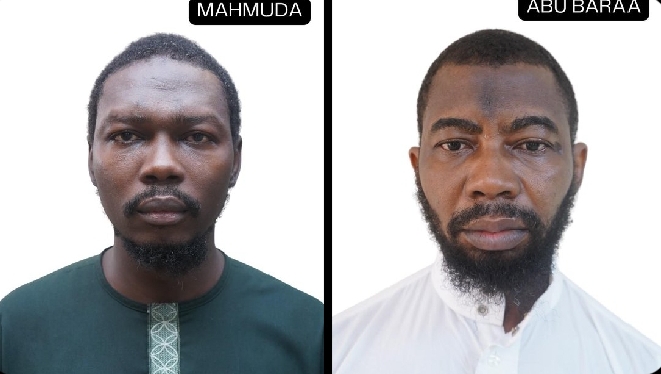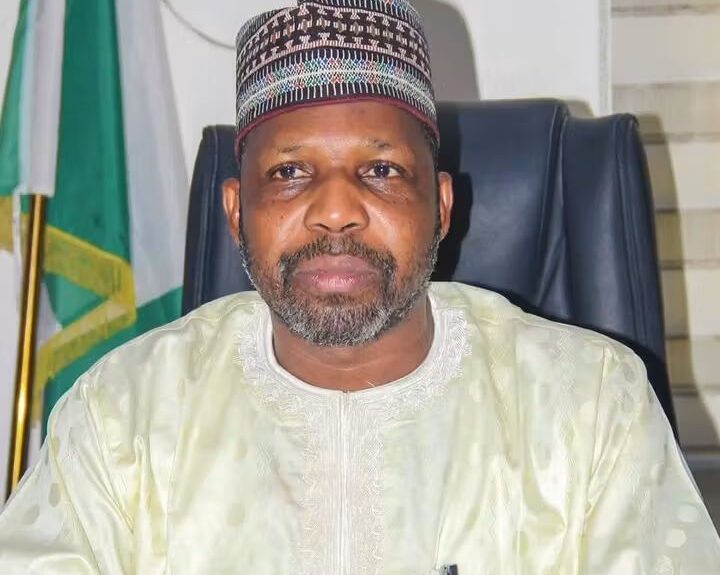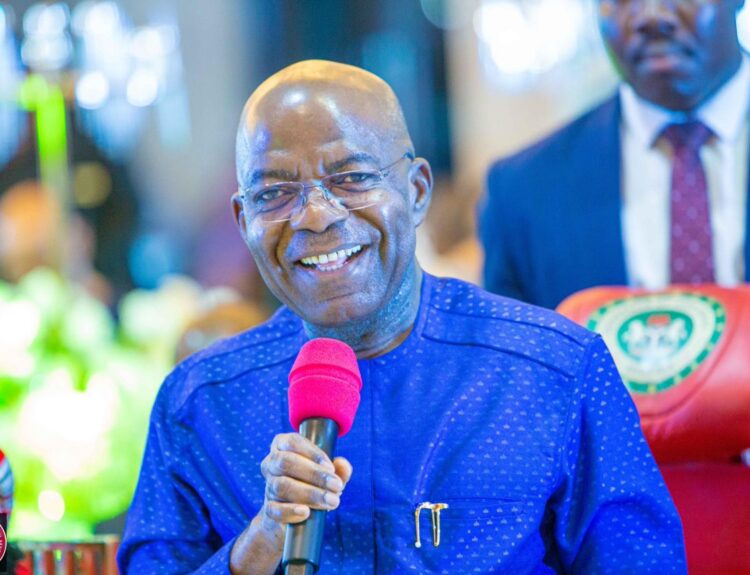Abuja, Nigeria – Nigeria has recorded a major breakthrough in its war against terrorism with the capture of the leaders of Ansaru and Mahmuda, two of the country’s most notorious terror groups.
Click Here to Join Our Whatsapp Channel
At a press briefing on Saturday evening, the National Security Adviser (NSA), Malam Nuhu Ribadu, announced that the terrorists, long wanted by Nigeria, the United States, the United Kingdom, and the United Nations, were captured in a series of high-risk, intelligence-led operations conducted between May and July 2025.
According to Ribadu, the men are the masterminds behind several years of terrorist attacks against Nigeria.
“The first is Mahmud Muhammad Usman (aka Abu Bara’a/Abbas/Mukhtar), the self-styled Emir of Ansaru. He coordinated terrorist sleeper cells across Nigeria and masterminded high-profile kidnappings and armed robberies to finance terrorism,” Ribadu said.
“The second is Mahmud al-Nigeri (aka Mallam Mamuda), Abu Bara’s proclaimed Chief of Staff and Deputy. He led the so-called Mahmudawa cell based around the Kainji National Park, spanning Niger and Kwara States into Benin Republic. He trained in Libya under foreign jihadist instructors between 2013 and 2015, specialising in weapons handling and IED fabrication.”
Both men, Ribadu noted, have been central figures in several deadly operations, including:
The 2022 Kuje prison break
The attack on a Niger uranium facility
The 2013 abduction of French engineer Francis Collomp in Katsina
The May 2019 kidnapping of Alhaji Musa Umar Uba, Magajin Garin Daura
The abduction of the Emir of Wawa
He added that the pair maintained strong links with jihadist networks across the Maghreb, particularly in Mali, Niger, and Burkina Faso.
“The capture of Abu Bara and Mallam Mamuda is one of the most significant achievements in Nigeria’s counter-terrorism efforts. By decapitating the leadership of this dangerous franchise, we have delivered the most decisive blow against Ansaru since its inception,” Ribadu declared.
Origins of Ansaru
Ansaru, formally known as Jama’atu Ansarul Muslimina fi-Biladis Sudan, emerged in January 2012 as a breakaway faction of Boko Haram. Initially branding itself as a “humane alternative,” the group quickly turned to violent attacks on security forces, civilians, and infrastructure.
The group publicly adopted the rising sun logo of Al-Qaeda in the Islamic Maghreb (AQIM), signaling its allegiance to global jihadist movements. Over the years, it entrenched itself through urban sleeper cells and forest strongholds, particularly around the Kainji National Park corridor.
With the capture of its top leadership, security analysts say the group’s operational capacity has been severely crippled, potentially paving the way for its total dismantling.






